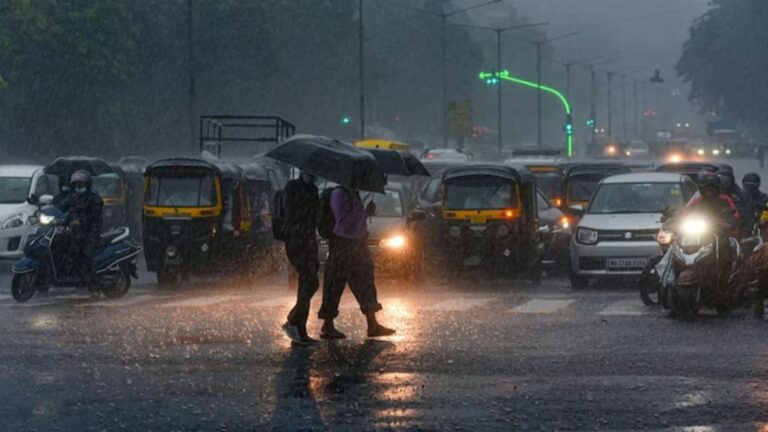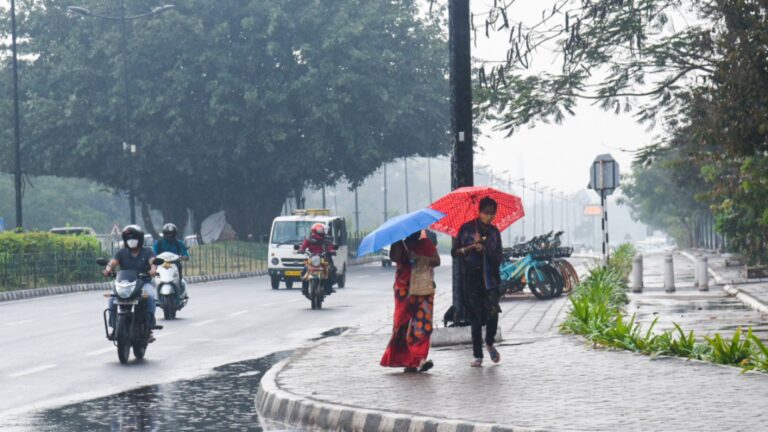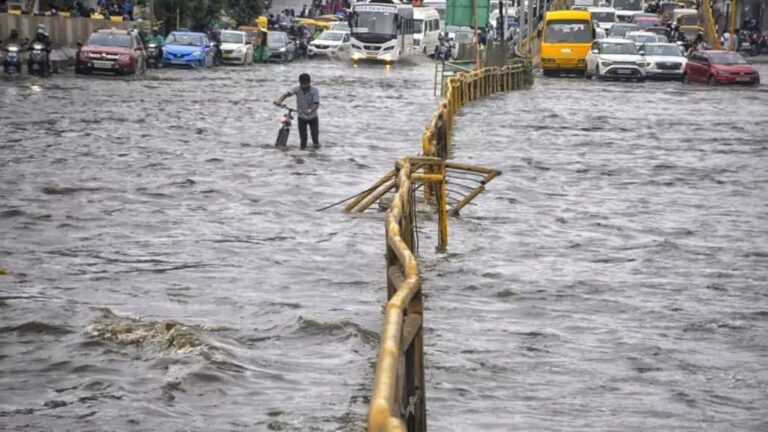
As temperatures continue to climb across India, the nation is grappling with an increasingly dangerous climate trend—intensifying and prolonged heatwaves. With millions at risk, both in terms of health and livelihood, experts are calling for a comprehensive national heatwave resilience policy to address this escalating crisis.
According to global data, heat-related fatalities averaged nearly 4.89 lakh annually between 2000 and 2019, with Asia accounting for nearly half of those deaths. In India, the frequency, intensity, and duration of heatwaves have sharply increased, putting vulnerable populations under severe stress.
The India Meteorological Department (IMD) predicts that between April and June 2025, regions such as Uttar Pradesh, Jharkhand, Chhattisgarh, and Odisha could experience up to 11 days of extreme heat. In Rajasthan, temperatures may soar to 45°C, and cities like Delhi are expected to suffer from intensified urban heat island effects.
The Urban Heat Challenge
Dark surfaces like asphalt roads and traditional rooftops trap heat, especially in densely built-up urban areas. As a solution, experts recommend adopting reflective materials for pavements and rooftops to cool down cities. Cool roofs, reflective paints, and rooftop gardens have proven effective in reducing indoor temperatures and easing the load on electricity usage.
Expanding green spaces is another essential strategy. Trees naturally cool the environment, and their benefits are enhanced when paired with water bodies. Mumbai’s Mithi River Urban Forest is one example of how combining greenery and water can reduce local temperatures. City planners are urged to protect existing green areas and avoid replacing them with concrete developments.
Climate-Smart Infrastructure
Heat resilience must be embedded in how buildings are designed. Structures with proper ventilation, shading, and insulation can keep indoor temperatures down without relying heavily on air conditioning. Building codes should be updated to mandate passive cooling techniques in both private and public construction—starting with schools, health clinics, and government housing.
Community-Driven Solutions
Local involvement is key to any successful heatwave policy. Ahmedabad’s heat action plan, which includes early warning systems, community cooling shelters, and public awareness campaigns, is a model that other cities can replicate. Simple initiatives such as neighborhood tree-planting, shaded water stations, and local engagement can significantly reduce the risks during peak summer.
Data-Driven Planning
Accurate and timely data is critical for heatwave management. The installation of more weather monitoring stations and the development of high-resolution heat maps can help pinpoint high-risk zones. These insights are vital for guiding emergency responses, planning green spaces, and allocating resources effectively.
Dual Focus: Cooling and Drainage
Many Indian cities also battle waterlogging during monsoon season. Integrating green infrastructure like permeable pavements, rain gardens, and green roofs can address both heat and flood concerns. Such systems, already in use in cities like Chennai and Mumbai, offer sustainable solutions for urban challenges.
Protecting Outdoor Workers
A large portion of India’s workforce is employed outdoors in sectors such as construction, agriculture, and street vending—making them particularly vulnerable during heatwaves. Authorities and employers should enforce measures like avoiding work during peak afternoon hours, providing shaded breaks, ensuring hydration, and offering suitable clothing. Establishing cooling shelters in public spaces such as schools and temples can offer much-needed relief.
Learning from Global Examples
Cities worldwide have successfully implemented heat mitigation measures. France maintains a registry of elderly citizens for welfare checks during heatwaves, while Singapore uses green roofs to enhance building comfort. These approaches, tailored to India’s context, can make a significant difference.
The Way Forward
The threat of extreme heat is no longer seasonal—it is a year-round concern. A structured, cross-sectoral heatwave resilience policy is essential to safeguard public health, infrastructure, and economic productivity. India already has the tools and models needed; what’s required now is coordinated and sustained implementation.
As climate patterns grow more erratic, the urgency for national-level planning and proactive action cannot be overstated. Delaying action could result in deeper and more irreversible damage.






